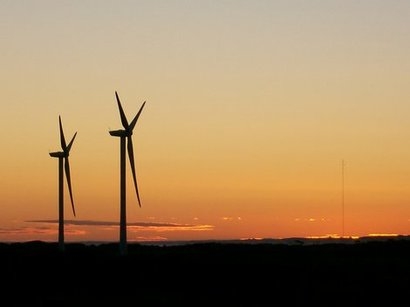
The rising cost of energy and raw materials, coupled with high demand for projects, permitting delays and labour shortages are creating a perfect storm for the renewables sector, recently coined ‘greenflation’. Energy commodity prices published by The World Bank in March are shown to have surged 63.4 percent in the last 12 months, while non-energy commodities, including metals and minerals, increased 22.7 percent.
These soaring costs are squeezing stakeholders across the wind industry value chain, particularly original equipment manufacturers (OEMs), developers and investors. This has been brought into focus in recent months, with leading OEMs bearing the short-term brunt and posting profit warnings as a result - but the long-term implications of greenflation will be felt by wind farm operators.
With O&M accounting for almost 60 per cent of total operational expenditure, wind project owners and operators can mitigate against the impacts of ‘greenflation’ by optimising their O&M strategies.
Onyx Insight’s Wind Power’s Greenflation Frustration takes operators through the four steps they can take to bolster predictive maintenance programmes, in turn reducing costs and safeguarding profits as greenflation begins to bite. A best practice predictive maintenance programme could reduce OPEX costs by 17 per cent on average. The four steps explained are:
How to assess base level capability
How to build a greenflation-proof business case
How to select the right predictive maintenance technologies
How to implement a predictive maintenance programme
“While greenflation has a more immediate effect on developers and OEMs, within the decade, owners and operators will inherit projects with tighter margins” said Evgenia Golysheva, Vice President – Strategy & Operations, Onyx Insight, and author of the report. “Efficient, digitally-driven operations are key to mitigating the long-term effects of greenflation, while transforming the way wind assets are run to improve asset profitability, reduce uncertainty in energy production and optimise operational efficiency in the years to come. Taking a long-term view and implementing a robust predictive maintenance programme that understands the risks and opportunities for improvement across a wind portfolio can reduce OPEX significantly and secure the long-term stability of the sector.”
For additional information:

